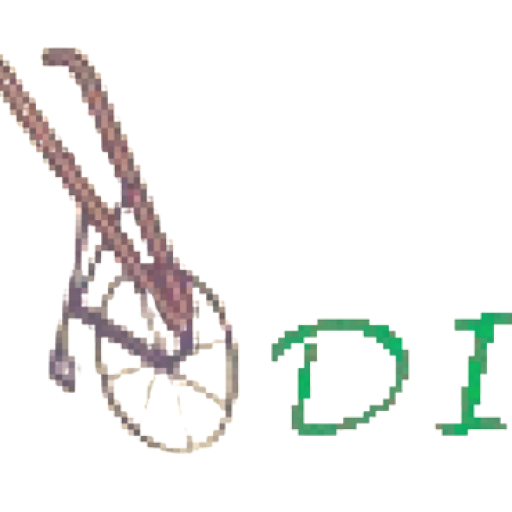Mid term Impact Evaluation of Regional Fisheries and Livestock Development Component (RFLDC) and Rural Road and Market Access Component (RRMAC)
(May 2011-Oct 2011)
Project Location: 37 Upazilas of greater Noakhali and Barisal region
Services: The consultant conducted a HH survey comprising more than 1000 HH and 41 PRA/FGDs to assess the
following:
Regional Fisheries and Livestock Development Component (RFLDC) – Noakhali and Barisal
- to assess to what extent the Component has reached its target group of resource-poor households;
- to assess the impact of the Farmers Field Schools on changes in farmers’ agricultural practices, productivity and returns from their fisheries and livestock systems and on their livelihood in general;
- to assess the impact of provision of work opportunities and the FFS on women employed in Labor Contracting Societies;
- to determine how far Component interventions have led to an improvement in food security and nutrition;
- to assess impact of the services provided by Community-based Organizations and Upazila and/or District CBO Associations in improvements of farmers’ fisheries and livestock systems and livelihood in general, both among FFS participants and the community in general;
- to assess the contribution of corporate agribusiness in support of CBOs and through them resource-poor households;
- to assess the role of Union Parishads in support for the CBOs and to fisheries and livestock development in the Component service areas, especially through the provision and the use of Block Grant;
- to assess how far these interventions have created a sustainable fisheries and livestock extension system in the Component areas, with special reference to
- the role and sustainability of Local Facilitators employed by the CBOs and Upazila offices in their respective communities
- the degree to which the services provided by the CBOs have created an adequate income stream for the CBOs as a basis for their long-term economic viability;
- the support given to the private sector
- the capacity of the local government institutions to continue to support the extension service.
Rural Roads and Market Access Component (RRMAC)
- to make an assessment which form of agricultural program had higher impacts in terms of poverty alleviation of ASPS II target groups and economic development. Compare the impacts of RFLDC in isolation and RFLDC together with RRMAC;
- to quantify and qualify the livelihood improvements of the LCS members, also in terms of food deficiency during the year;
- to present direct income gains; savings; indirect income gains through IGA and investment of savings and compare them with project costs per beneficiary;
- to compare the impacts of LCS who are long-term employed (maintenance works) versus short-term employment (construction works) per cost per beneficiary (overheads to be distributed pro-rata);
- to quantify the effects of the road and market infrastructure (did the project select the most important roads and markets from an economic growth point of view and from a livelihood improvement of the ASPS II target groups point of view; describe the effects of the market infrastructure improvements on the overall trade between districts and livelihood improvements of the ASPS II target groups);
- to quantify the impacts of women market sections constructed by LGED in the project area on female participation in the market both as a business person and as consumer
- to quantify how the LCS members utilized their savings;
- to quantify the capacity and interest of LCS (members) to sustain themselves in the construction industry;
to quantify the impacts of the functional literacy program on the LCS women;
